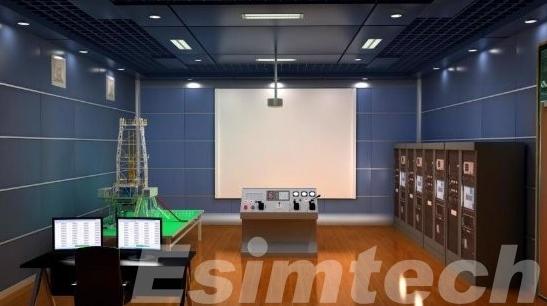Notifications

3 minutes, 5 seconds
-6 Views 0 Comments 0 Likes 0 Reviews

Open hole well logging is a critical process in the oil and gas industry, providing essential data about subsurface formations before casing is set. To optimize this process, Open Hole Well Logging Simulators have become invaluable tools, allowing engineers to model and interpret downhole conditions accurately. These simulators help in formation evaluation, ensuring better decision-making for drilling, completion, and reservoir management.
An open hole well logging simulator is a software-based tool that replicates the conditions of a wellbore in an uncased (open) environment. It uses real-time or historical logging data to simulate various formation properties, such as:
Porosity
Permeability
Lithology
Fluid saturation
Resistivity
By integrating electrical, acoustic, nuclear, and other logging measurements, these simulators provide a virtual representation of the wellbore, helping geoscientists and engineers interpret data more efficiently.
1. Improved Log Interpretation Accuracy
Traditional log interpretation can be subjective, but simulators reduce uncertainty by cross-verifying multiple log responses. For example, combining density, neutron, and sonic logs helps distinguish between gas-bearing and oil-bearing zones more reliably.
2. Training and Skill Development
Simulators serve as excellent training tools for new petrophysicists and logging engineers. They allow users to experiment with different formation scenarios without the risk of costly field mistakes.
3. Pre-job Planning and Tool Selection
Before deploying logging tools, engineers can simulate different tool responses based on expected formation properties. This helps in selecting the right logging suite (e.g., resistivity vs. acoustic tools) for optimal data acquisition.
4. Identifying Anomalies and Troubleshooting
Unexpected log responses (e.g., washouts, borehole rugosity, or invasion effects) can distort measurements. Simulators help identify these anomalies by comparing expected vs. actual log responses, improving data correction and interpretation.
In a recent offshore drilling project, an operator encountered a complex sand-shale sequence with ambiguous log readings. By using an open hole logging simulator, the team modeled different lithology scenarios and adjusted their interpretation model, leading to a 20% improvement in net pay estimation.
Open hole well logging simulators are revolutionizing formation evaluation by providing data-driven insights, reducing interpretation errors, and optimizing logging operations. As the industry moves toward digital transformation, these tools will become even more critical for efficient reservoir characterization.

